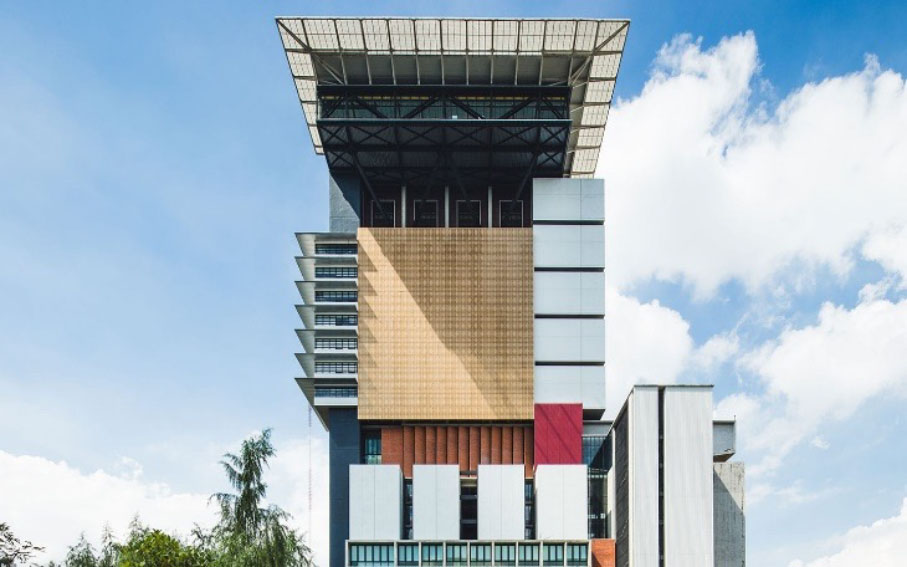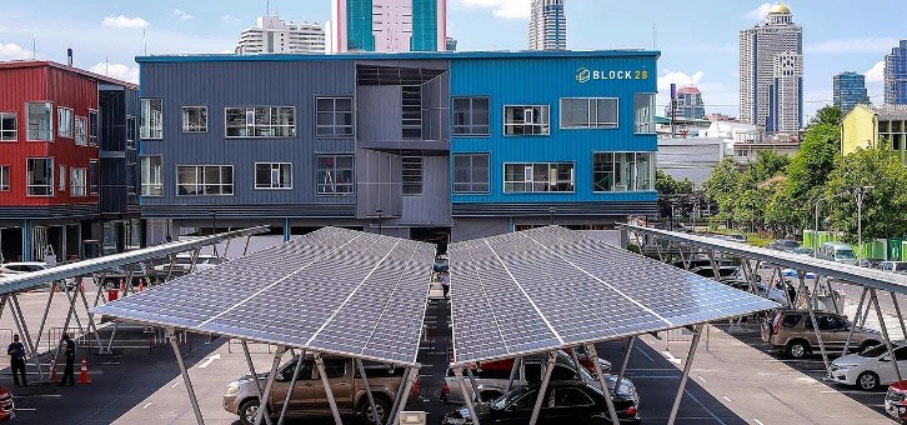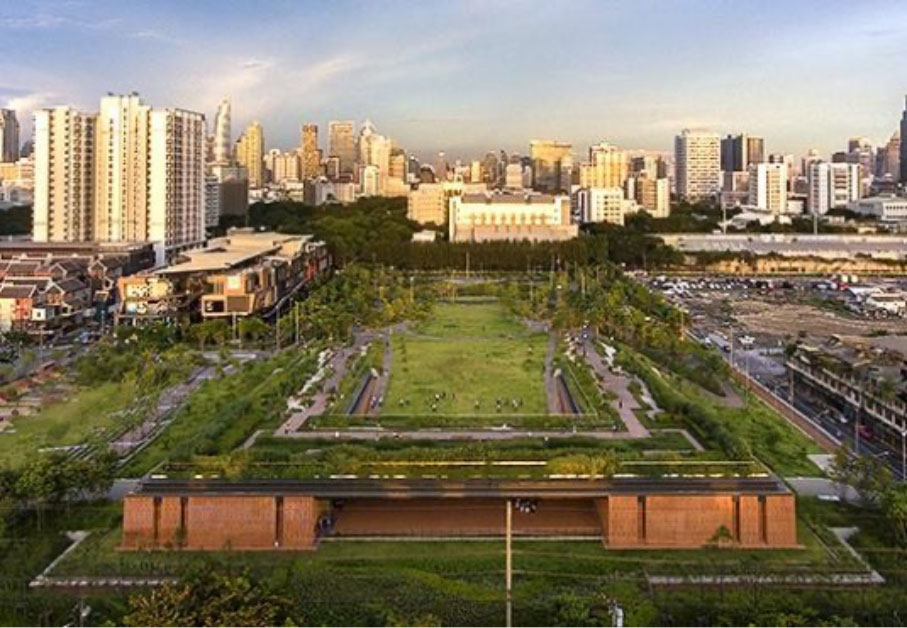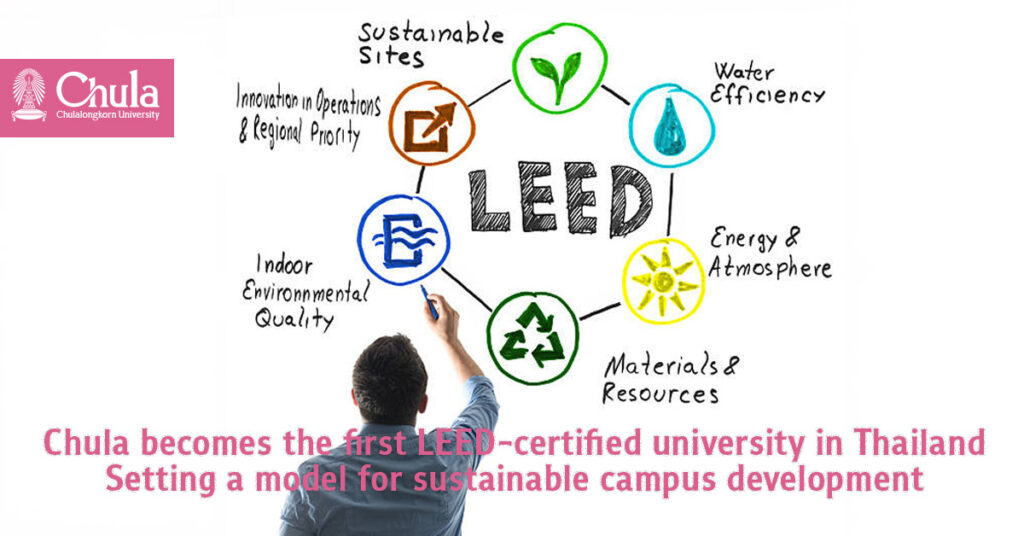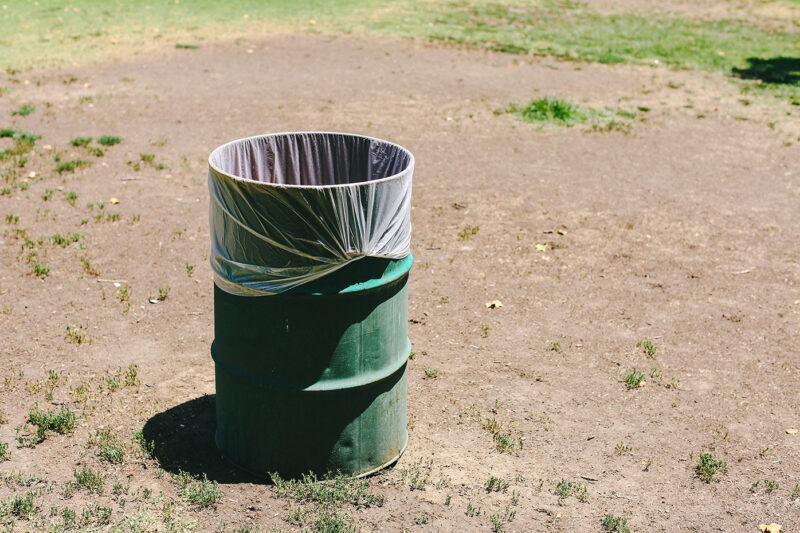Green Building Design Standards (TREES) for Sustainable New Construction and Renovation at Chulalongkorn University
Across 1,153 rai of campus space, Chulalongkorn University hosts over 200 buildings, including administrative offices, academic buildings, and other educational facilities. These buildings require substantial energy and resources for operation and maintenance. To reduce the environmental impact, Chulalongkorn University has established guidelines for constructing new buildings and renovating existing ones with an emphasis on energy and water conservation, efficient resource use, and minimizing environmental impacts. This approach aligns with green building design principles, ensuring optimal benefits and resource efficiency through sustainable development practices, as follows:
Design, Construction, and Renovation of Buildings
Chulalongkorn University applies sustainable building standards to new constructions and renovations, ensuring buildings adhere to energy and water-saving principles.“The Chulalongkorn University Educational Zone Building and Facilities Design Manual” mandates that architects, engineers, and building owners comply with both the Building Control Act and environmental standards. [ https://asa.or.th/laws-and-regulations/cba/ ] Furthermore, to apply building standards that minimize water use, these guidelines incorporate elements from the National Environmental Quality Promotion and Conservation Act and the Energy Conservation Promotion Act. [ https://asa.or.th/laws-and-regulations/ ] The university aligns its standards with the TREES-PRE NC (Thai Rating of Energy and Environmental Sustainability for New Construction) as set by the Thai Green Building Institute, advancing green building initiatives. These efforts reflect a strong commitment to sustainable building practices. [ https://tgbi.or.th/ ]
Additionally, inclusive design is a priority, with a focus on universal design principles. Building designs include accessible pathways, elevators, and restrooms for individuals with disabilities, adhering to legal standards. This commitment makes the university campus universally friendly and accessible.
Energy and Resource Conservation
Chulalongkorn University employs energy-efficient building designs to reduce resource consumption. Buildings are designed to optimize natural airflow, ensuring adequate ventilation, while modernized air conditioning systems minimize energy use. The university selects construction materials, such as Low-E glass, that reduce heat entry into buildings, as well as recycled materials. Solar rooftop systems are also installed on several buildings, such as the Chamchuri 9 Building, Mahathir Rachanusorn Building (Central Library), and Somdej Ya 93 Building, significantly reducing electricity consumption in refurbished buildings.
Water Conservation and Efficiency
In terms of water conservation, Chulalongkorn University enforces standards for water-saving fixtures and plumbing equipment. For example, all fixtures must meet the Thai Industrial Standards (TIS) for durability, ease of maintenance, and water conservation. Wastewater from buildings like CU Terrace and CU iHouse is treated and reused for irrigation in the Chulalongkorn University Centennial Park, saving 55 million liters of water annually. Moreover, the university prioritizes planting native species in green spaces, selecting drought-resistant plants that require minimal water, which enhances resilience and reduces water use on campus. [ https://pmcu.co.th/samyan-smart-city/ ]
Currently, Chulalongkorn University, through the Office of Physical Resources Management, in collaboration with the Faculty of Architecture and the Urban Design and Development Center (UDDC), is developing a sustainable university plan to position itself as Thailand’s model university in sustainable development. This involves the development of a master plan and building designs based on LEED (Leadership in Energy and Environmental Design) standards, marking a significant step toward sustainability in Thai university construction and architecture. [ https://www.chula.ac.th/en/news/184662/ ]
LEED [ https://www.usgbc.org/leed ] is an internationally recognized standard for evaluating and certifying sustainably designed and constructed buildings, focusing on efficient resource use, reducing energy and water consumption, minimizing waste and pollution, using environmentally friendly materials, and promoting energy-saving designs. Following LEED criteria not only reduces environmental impacts but also enhances the health and well-being of the Chulalongkorn community, representing a pivotal move toward a sustainable and eco-friendly future. [ https://www.arch.arch.chula.ac.th/leadership-in-energy-and-environmental-design-leed-and-well-building-standard/ ]
By
- Office of Physical Resources Management, Chulalongkorn University
- Faculty of Architecture, Chulalongkorn University
- Urban Design and Development Center (UDDC)
Others


